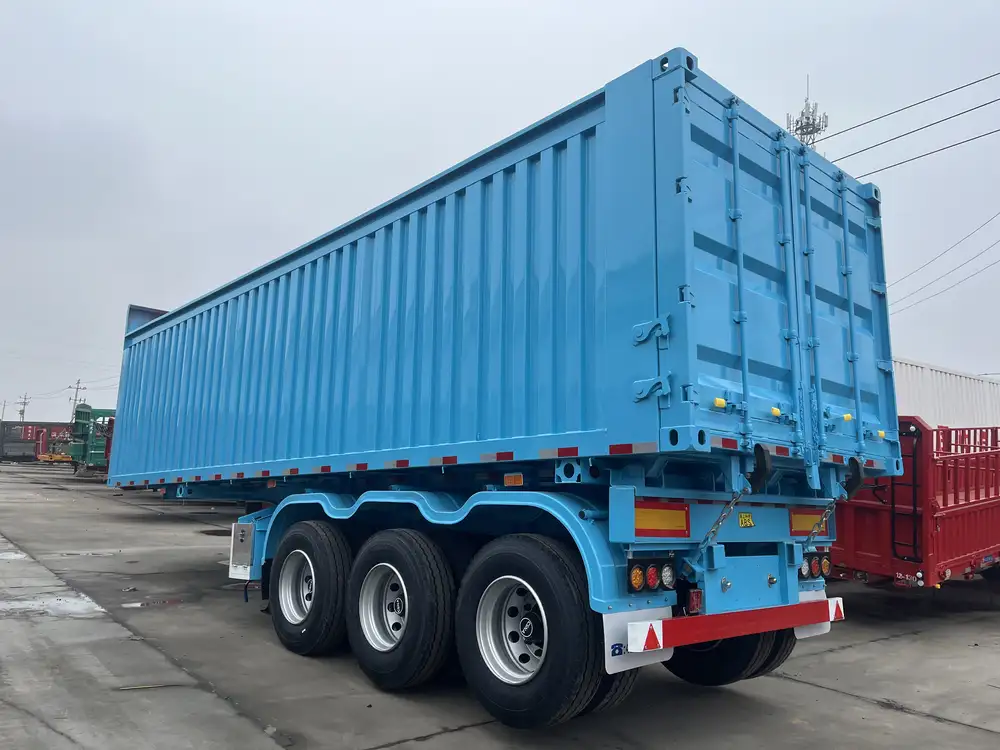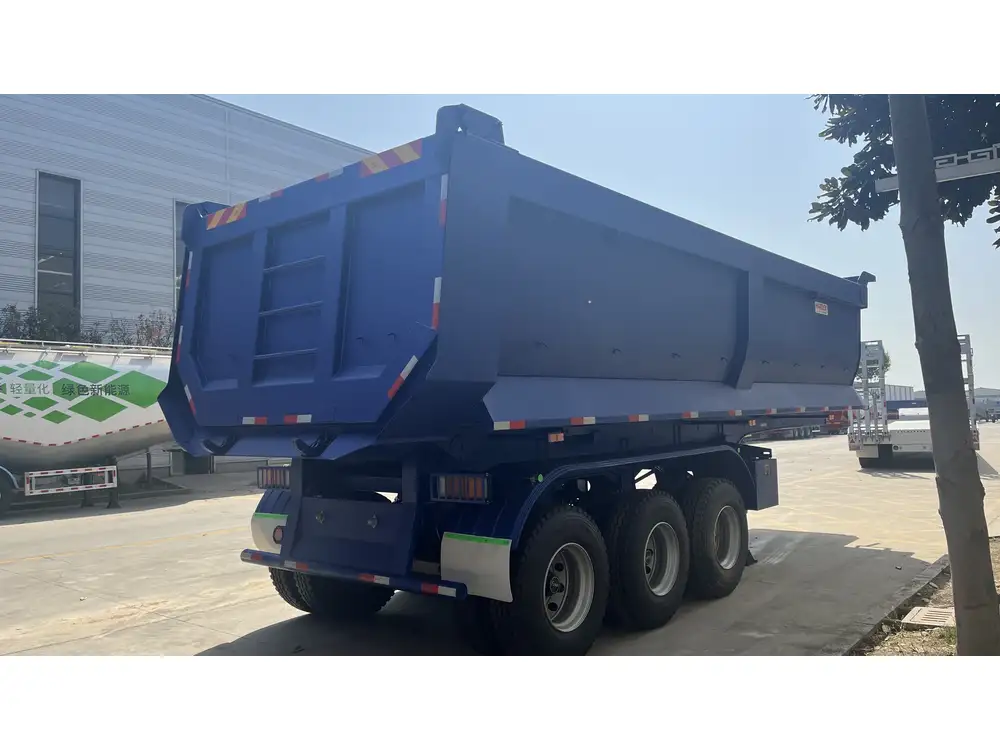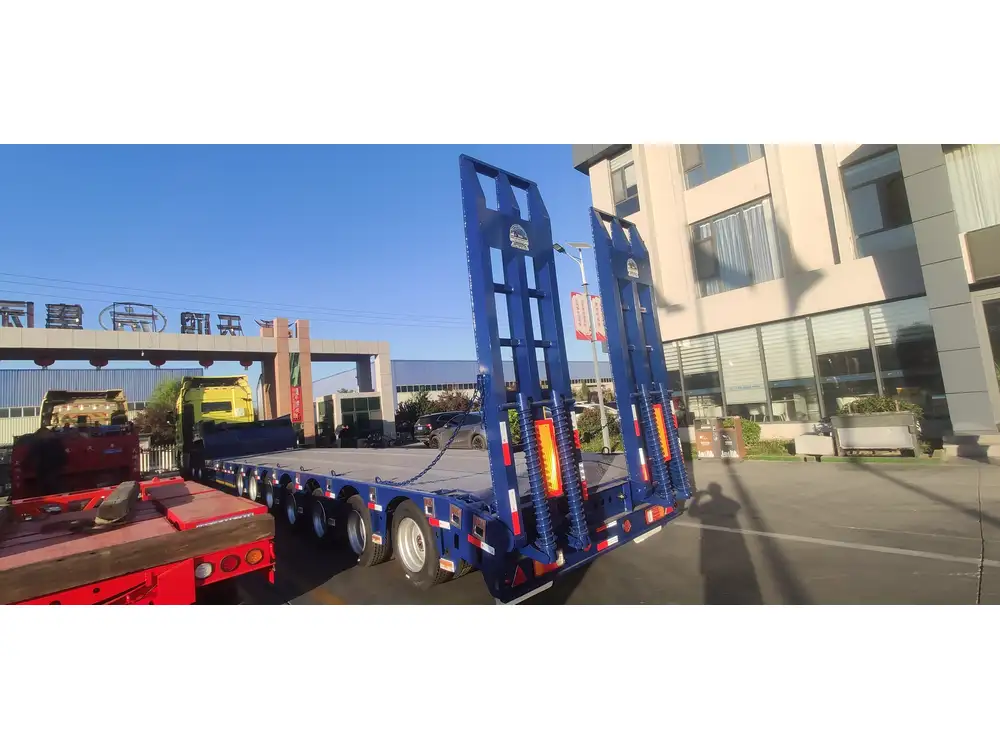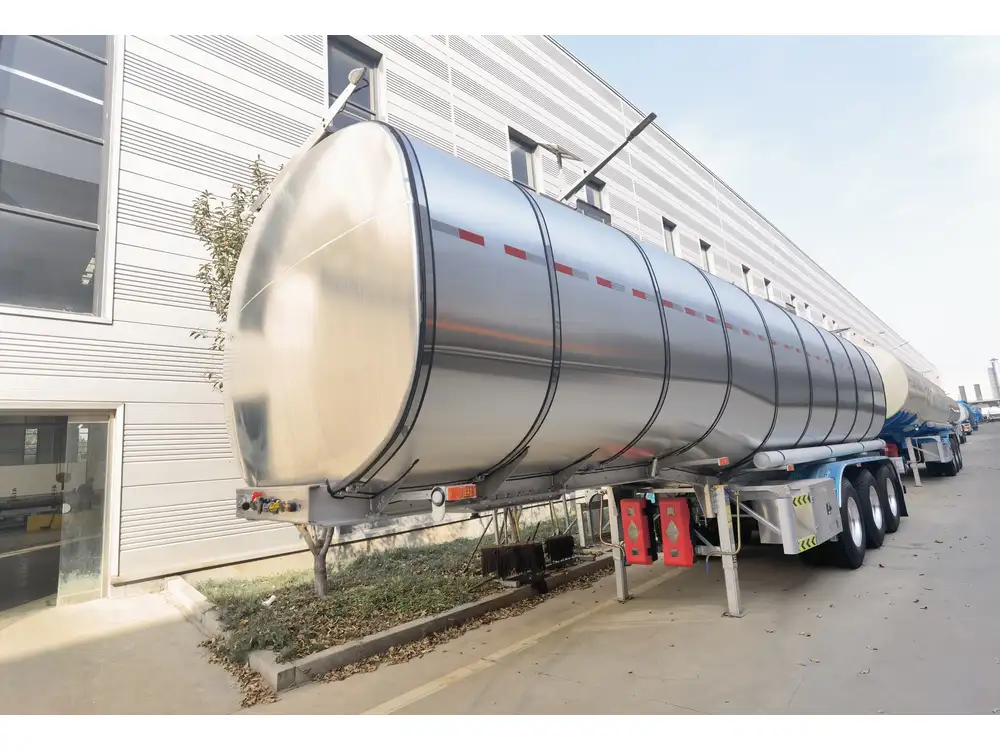Understanding the intricacies of wiring an Anti-lock Braking System (ABS) to a semi-trailer is crucial for ensuring the vehicle’s safety and efficiency on the road. The wiring process might seem daunting at first, but with the right guidance and detailed steps, we can make this task straightforward and manageable. Below, we will meticulously unravel the wiring process while addressing common queries and concerns that arise during installation.
Understanding ABS: The What and Why
What Is ABS?
The Anti-lock Braking System (ABS) is a vital safety feature in heavy vehicles, designed to prevent wheel lock-up during sudden braking. This feature enhances vehicle control, especially on slippery surfaces, significantly reducing the risk of skidding.

Importance of Wiring ABS Correctly
Correct wiring is essential to ensure that the ABS functions as intended. Improper wiring can lead to an array of issues including system malfunctions, warning lights, and compromised safety. Therefore, a clear understanding of the wiring schema is imperative.
Tools and Materials Needed
Before diving into the wiring process, it is critical to have the appropriate tools and materials at hand:
| Tools | Materials |
|---|---|
| Wire strippers | ABS control module |
| Electrical tape | Wiring harness |
| Crimping tool | Connectors |
| Multimeter | Heat shrink tubing |
| Screwdrivers | Insulation tape |
Step-by-Step Wiring Process

Step 1: Preparing the Trailer
- Disconnect the power supply to ensure safety.
- Locate the ABS connectors on the trailer’s wiring harness. This information is usually found in the owner’s manual or wiring diagrams specific to your model.
Step 2: Understanding the Wiring Diagram
Familiarizing yourself with the wiring diagram is essential. Here are the basic wiring connections typically required for semi-trailer ABS modules:
- Power Supply (usually Red): Connects to the battery.
- Ground (usually Black): Connects to the frame.
- Wheel Speed Sensors (typically Yellow or Green): Connects to the axle.
Step 3: Wiring the ABS Control Module
- Connect the power supply wire from the battery to the designated terminal on the ABS control module.
- Attach the ground wire from the control module to a clean metal surface on the trailer frame. This will ensure a solid ground connection, minimizing electrical resistance.
- Attach wheel speed sensor wires. These wires will lead to each wheel’s ABS sensor. Ensure that:
- Left front wheel speed sensor connects to terminal A,
- Right front wheel speed sensor connects to terminal B,
- Left rear wheel speed sensor connects to terminal C,
- Right rear wheel speed sensor connects to terminal D.

Step 4: Securing Connections
- Crimp connectors onto the wires securely. It’s advisable to use heat-shrink tubing over connectors to protect against moisture and wear.
- Use electrical tape to wrap any exposed wires or connections, reinforcing insulation against environmental damage.
Step 5: Finalizing the Installation
- Double-check all connections to confirm they align with the wiring diagram.
- Reconnect the power supply to the trailer.
- Test the system functionality using a multimeter to ensure that power runs through the ABS connections.
Troubleshooting Common Issues
Despite diligent efforts, sometimes problems may arise. Here’s how you can troubleshoot:

ABS Warning Light Remains On
- Inspect Connections: Ensure that all connections are secure, especially the ground.
- Check for Fault Codes: Use an OBD-II scanner to read any fault codes specifying malfunctions.
- Test Wheel Speed Sensors: If any sensors are faulty, they’ll need replacement.
Intermittent ABS Functionality
- Examine Wiring: Look for any signs of wear or damage to the wiring harness.
- Test The Control Module: Sometimes the ABS control module may need recalibration or replacement.
Frequently Asked Questions (FAQs)

Q1: Can I wire ABS without a professional?
Yes, with proper guidance and attention to detail, one can wire ABS independently. However, consulting a professional is advisable if you’re unsure.
Q2: What happens if I wire ABS incorrectly?
Incorrect wiring can result in compromised braking functionality, warning lights, and potential safety hazards on the road.
Q3: Do ABS systems need regular maintenance?
Yes, while ABS systems generally require minimal maintenance, regular inspections and timely repairs of any wiring anomalies are essential for optimal performance.

Conclusion
Wiring a semi-ABS to a trailer is not just a technical task but a necessary endeavor to ensure safety and compliance with legal standards. By following this comprehensive guide, we can ensure a successful wiring process that promotes the longevity of your semi-trailer and enhances safety for all road users.
With a clear understanding of each step and potential troubleshooting options, you are well-equipped to tackle this task with confidence. When complete, this ensures your semi-trailer remains assertive on the road, equipped with the reliability that ABS provides. Stay safe, and happy trucking!



